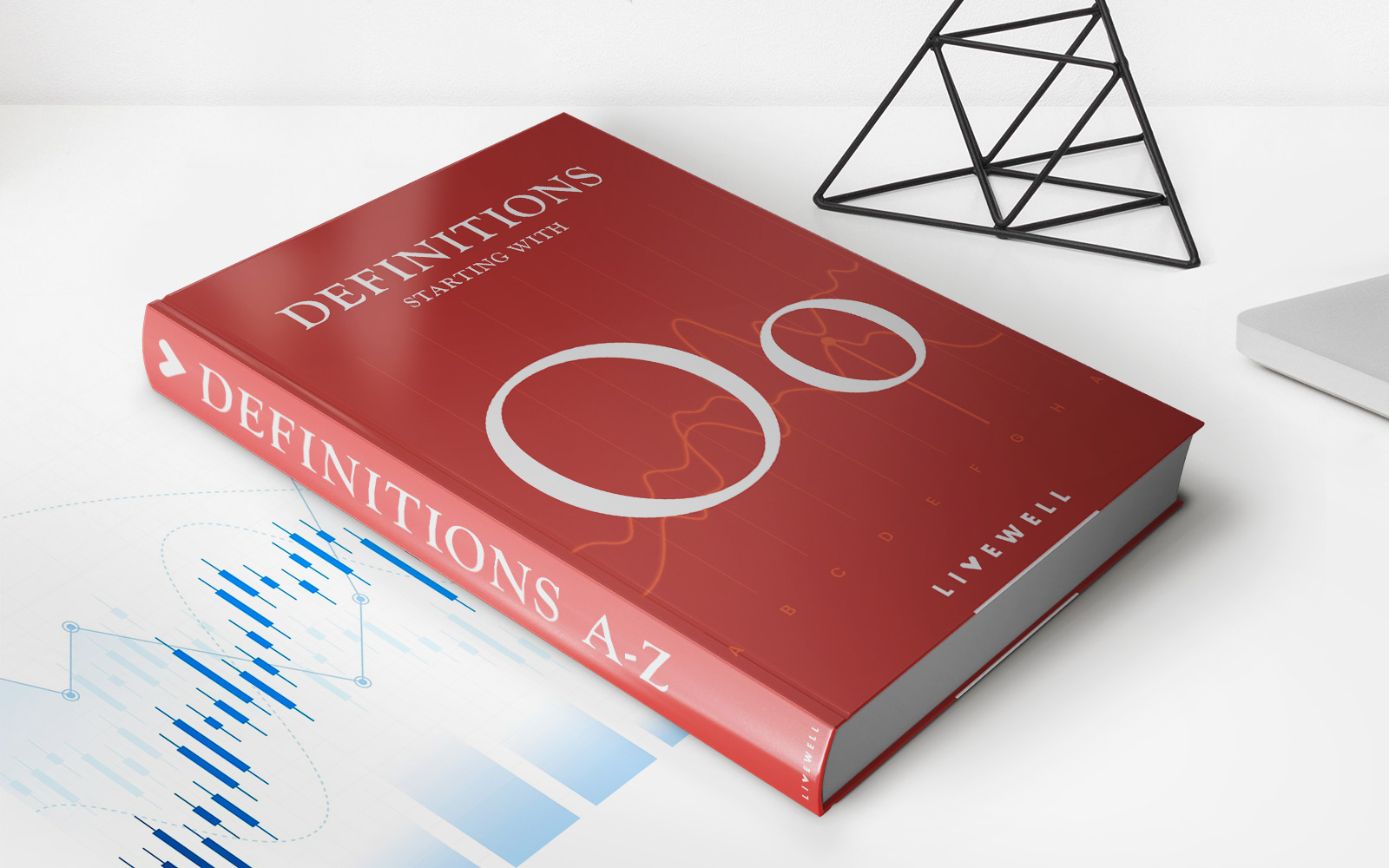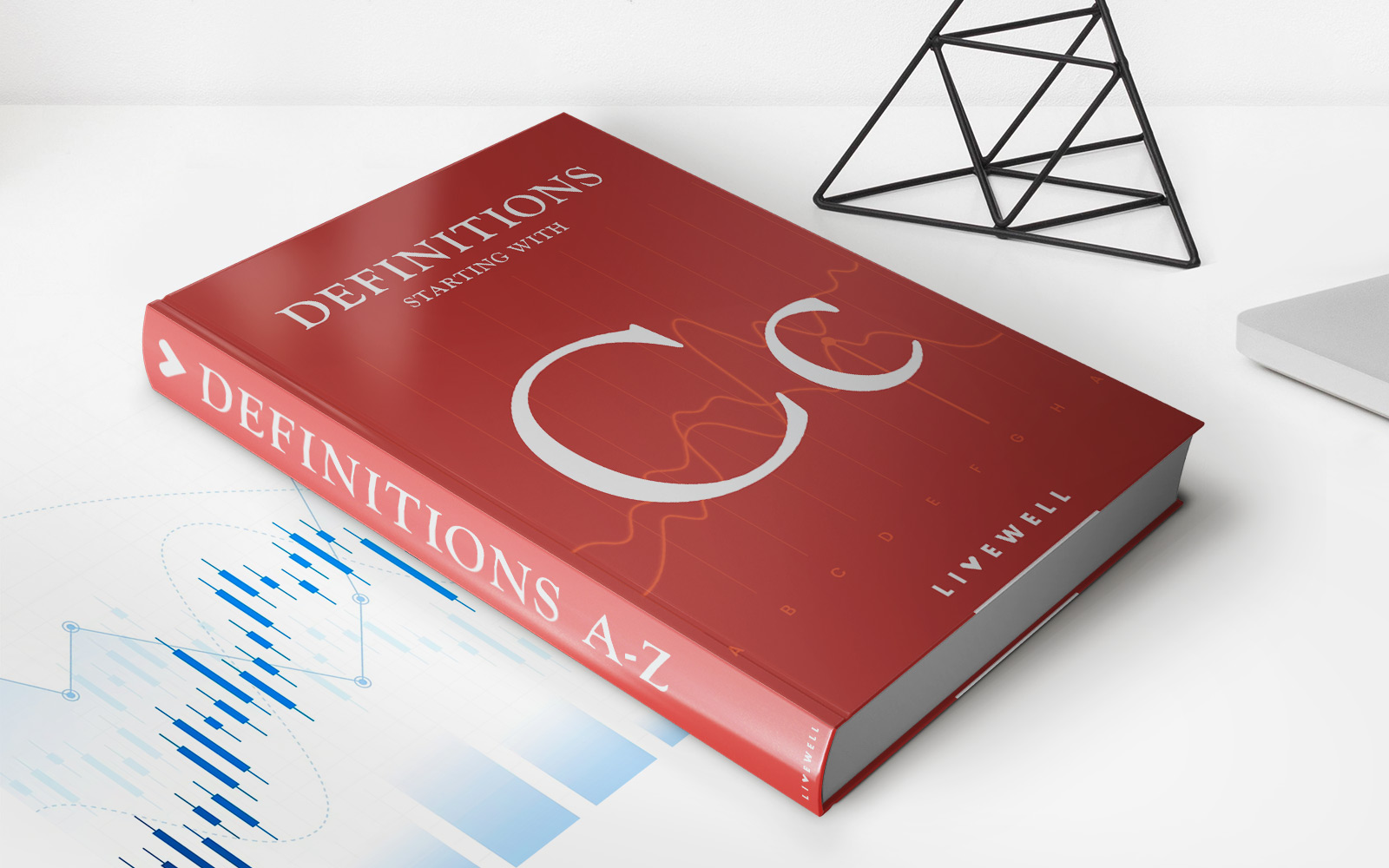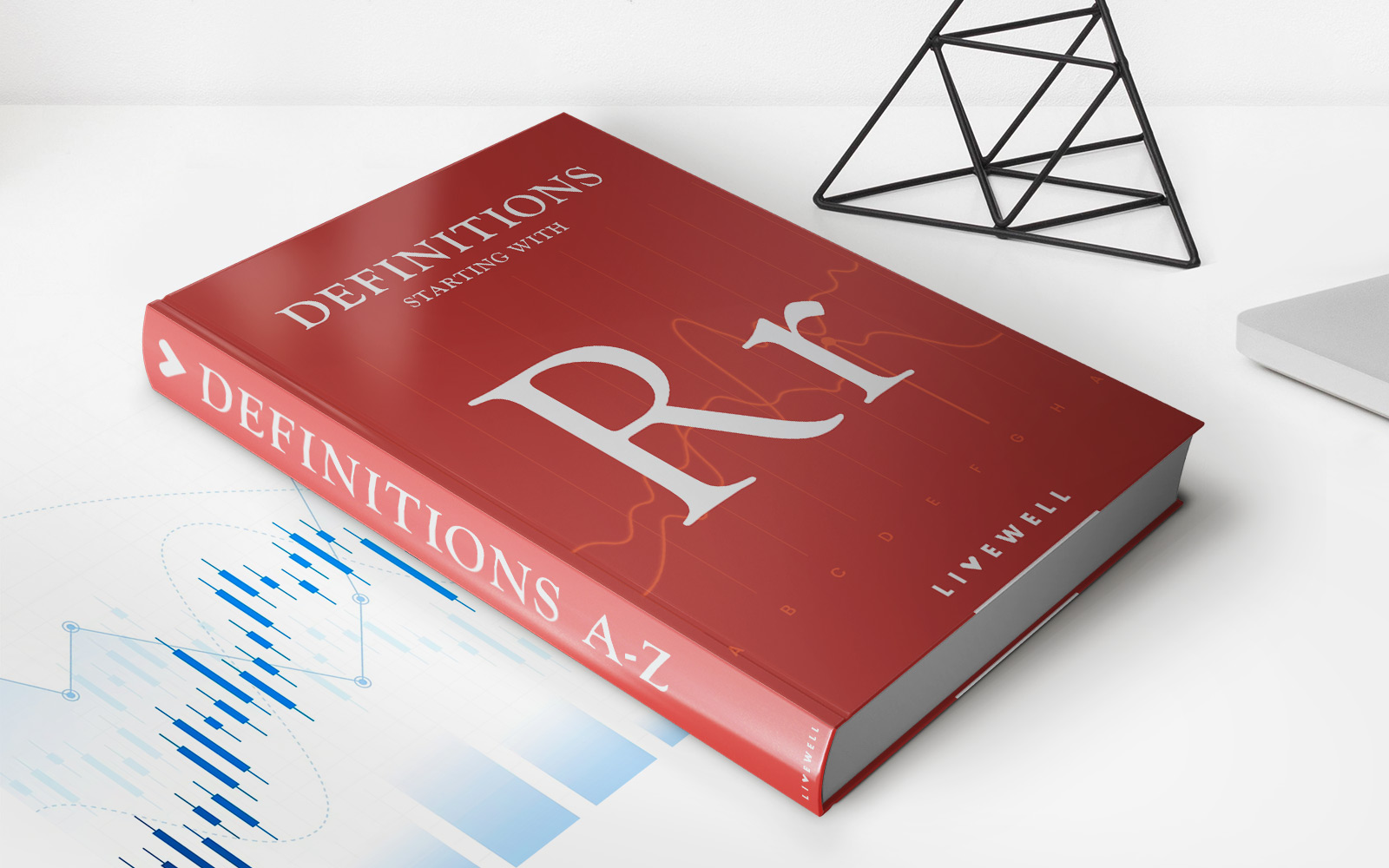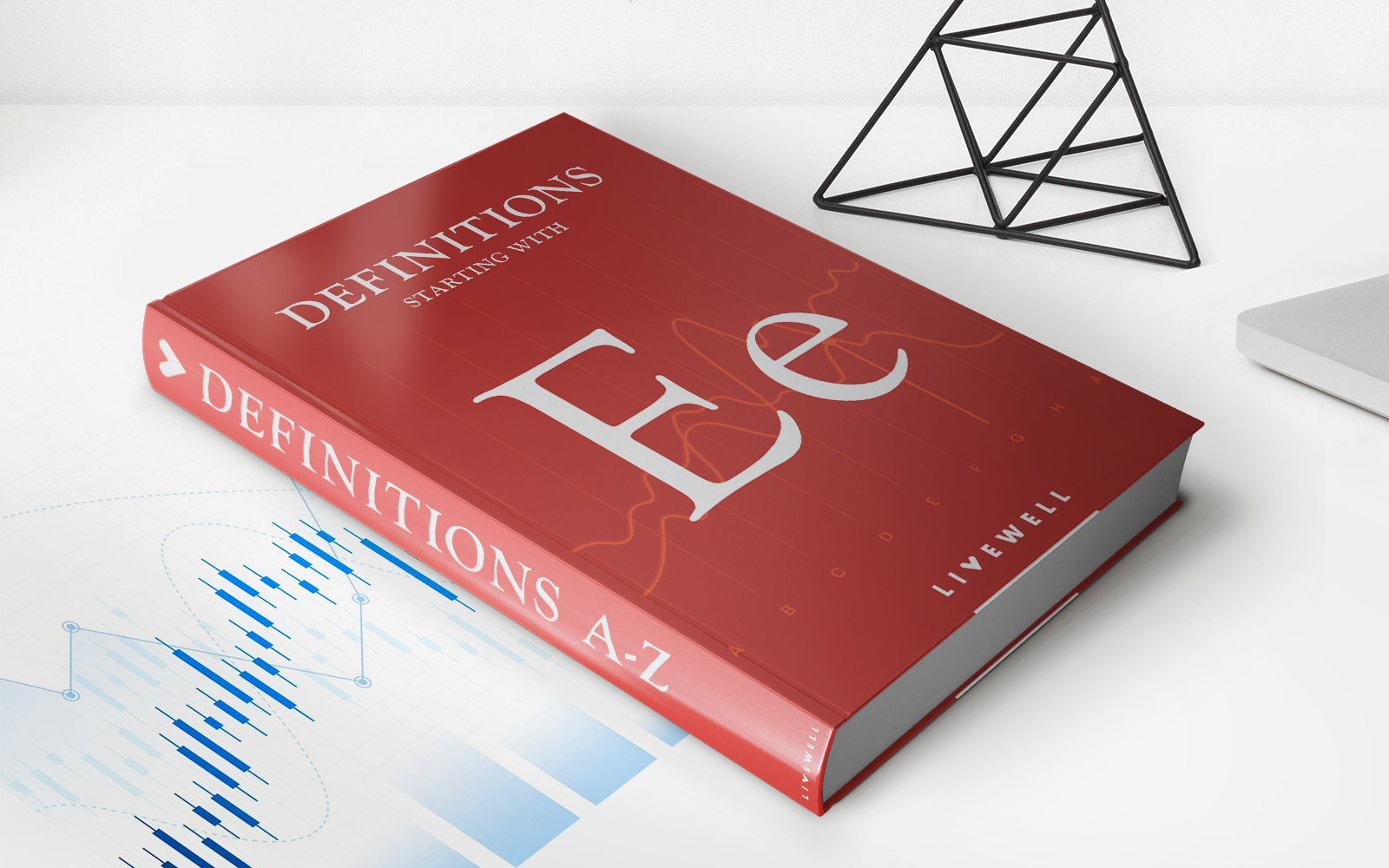

Finance
What Is A Closed-End Credit?
Modified: February 21, 2024
Learn what a closed-end credit is and how it can impact your finance. Find out about its features, benefits, and potential drawbacks in this comprehensive guide.
(Many of the links in this article redirect to a specific reviewed product. Your purchase of these products through affiliate links helps to generate commission for LiveWell, at no extra cost. Learn more)
Table of Contents
Introduction
Welcome to the world of finance, where various borrowing and lending options are available to individuals and businesses. One such option is closed-end credit, a term that you may have come across if you’ve ever taken out a loan or financed a purchase.
Closed-end credit refers to a type of loan or credit arrangement where the borrower receives a fixed sum of money upfront and must repay it over a specified period of time, with regular installments. Unlike open-end credit, which includes credit cards and lines of credit, closed-end credit has predetermined terms and a defined repayment schedule.
Understanding the concept of closed-end credit is essential for anyone considering borrowing money or exploring financing options. In this article, we will delve into the nitty-gritty of closed-end credit, exploring its definition, how it works, its pros and cons, key differences compared to open-end credit, and factors to consider before deciding if it’s the right choice for your financial needs.
So, whether you are a first-time borrower or someone seeking to expand your knowledge in the financial realm, join us as we demystify the world of closed-end credit and gain insight into its benefits and limitations.
Let’s dive in!
Definition of Closed-End Credit
Closed-end credit, also known as installment credit or term loans, is a type of borrowing arrangement where the lender provides the borrower with a specific amount of money for a specific purpose. The borrower agrees to repay the loan amount, along with any applicable interest or fees, over a fixed period of time through regular installments.
Unlike open-end credit, such as credit cards or lines of credit, closed-end credit has a predetermined repayment schedule and often comes with a fixed interest rate. This means that the borrower knows exactly how much they need to pay each month and when the loan will be fully repaid.
Closed-end credit can be used for various purposes, such as purchasing a car, financing a home improvement project, or funding higher education. The loan amount is typically determined based on the borrower’s creditworthiness and the purpose of the loan.
One of the defining characteristics of closed-end credit is that once the loan is repaid, the credit line is closed, and no further borrowing is allowed. This is in contrast to open-end credit, which allows the borrower to continually borrow and repay funds within a predetermined credit limit.
It’s important to note that closed-end credit can be obtained from various financial institutions, including banks, credit unions, and online lenders. Each lender may have its own specific terms and conditions, so it’s crucial to carefully review the loan agreement and understand the terms before accepting the funds.
Now that we have a clear understanding of what closed-end credit entails, let’s explore how it works in practice.
How Closed-End Credit Works
Understanding how closed-end credit works is essential for borrowers looking to finance their needs. Let’s break down the key components of this credit arrangement.
1. Loan Approval: To obtain closed-end credit, you will need to apply for a loan with a financial institution. The lender will assess your creditworthiness based on factors such as your credit score, income, employment history, and existing debt obligations. If approved, you will receive a specific loan amount.
2. Loan Terms: The loan terms include the amount borrowed, the interest rate, and the repayment period. The interest rate may be fixed or variable, depending on the lender. The repayment period is set from the beginning, typically ranging from a few months to several years.
3. Fixed Installments: With closed-end credit, you repay the loan in equal installments over the loan’s duration. This means that each installment includes both principal and interest, allowing you to gradually pay off the debt. The installments remain the same throughout the loan period, helping you plan your budget accordingly.
4. Use of Funds: Closed-end credit is often used for specific purposes, such as buying a car or financing a home renovation. The lender may require proof of how the funds will be used, ensuring that they align with the loan’s purpose.
5. Repayment: It’s important to make timely repayments towards your closed-end credit. Late or missed payments can affect your credit score and may result in penalties or increased interest charges. By consistently making payments, you gradually reduce your outstanding balance and eventually pay off the loan in full.
6. Loan Closure: Once you have made all the required payments, the loan is considered fully repaid, and the credit line is closed. At this point, you no longer owe any money to the lender, and the loan agreement is concluded.
By understanding how closed-end credit works, you can make informed decisions about borrowing money and manage your finances effectively. Now, let’s explore some examples of closed-end credit in practice.
Examples of Closed-End Credit
Closed-end credit is a versatile financing option that is commonly used in various aspects of life. Here are a few examples of how closed-end credit is utilized:
1. Auto Loans: When purchasing a car, many people choose to finance the purchase through a closed-end credit arrangement. The borrower receives a specific loan amount from a lender, which is then used to buy the vehicle. The loan is repaid over a fixed period, typically ranging from 3 to 7 years, through regular installments. By the end of the loan term, the borrower fully owns the car.
2. Mortgages: Buying a home is often the largest financial commitment one can make, and closed-end credit is commonly used for this purpose. A mortgage is a prime example of closed-end credit, where the borrower receives a loan to purchase a property. The repayments are made over a long period, often spanning 15 to 30 years, until the loan is fully repaid and the borrower becomes the outright owner of the property.
3. Personal Loans: Personal loans provide individuals with a lump sum of money that can be used for various purposes, such as consolidating debt, paying for unexpected expenses, or funding a special event. These loans have a fixed repayment schedule and interest rate, allowing borrowers to plan their budget accordingly. Personal loans are typically offered by banks, credit unions, and online lenders.
4. Student Loans: Education is a valuable investment, and many students rely on closed-end credit in the form of student loans to finance their higher education. These loans help cover tuition fees, textbooks, accommodation, and other educational expenses. Student loans come with various repayment options, including deferred payments until after graduation or immediate repayment while still in school.
5. Home Improvement Loans: When undertaking home improvement projects, homeowners often turn to closed-end credit for funding. These loans provide the necessary funds to renovate, remodel, or expand a property. The repayment terms are agreed upon with the lender, taking into account the loan amount and the borrower’s financial situation.
These are just a few examples of how closed-end credit is utilized in different aspects of life. By understanding these examples, you can explore the possibilities of closed-end credit and determine which option best suits your financial needs.
Now, let’s examine the pros and cons of closed-end credit to help you make an informed decision when considering this borrowing option.
Pros and Cons of Closed-End Credit
Like any financial product, closed-end credit has its advantages and disadvantages. Understanding these pros and cons can help you determine if closed-end credit is the right choice for your specific situation. Let’s explore them:
Pros:
1. Predictable Repayment: One of the significant benefits of closed-end credit is the predictability of repayment. With fixed installments and a set repayment period, you know exactly how much you need to pay each month and when the loan will be fully repaid. This allows for better budgeting and financial planning.
2. Lower Interest Rates: Closed-end credit often comes with lower interest rates compared to other forms of borrowing, such as credit cards. This can save you money over the life of the loan, making it a more cost-effective option for financing larger purchases.
3. Structured Repayment: Closed-end credit requires regular payments over a fixed period, which can help in establishing discipline and responsibility in managing your finances. It can also help improve your credit score by demonstrating a consistent repayment history.
4. Specific Purpose: Closed-end credit is often designed for a specific purpose, such as buying a car or financing a home. This ensures that the funds are allocated for the intended use, providing clarity and focus in managing the borrowed funds.
Cons:
1. Limited Flexibility: Unlike open-end credit, such as credit cards, closed-end credit does not allow for ongoing borrowing within a credit limit. Once the loan is repaid, the credit line is closed, and you would need to apply for a new loan if you require additional funds.
2. Prepayment Penalties: Some closed-end credit agreements may include prepayment penalties, meaning you may be charged a fee for paying off the loan before the designated term. This can deter borrowers from paying off the debt early and can limit the flexibility of their financial situation.
3. Collateral Requirement: In certain cases, closed-end credit may require collateral, such as the property or vehicle being financed. This means that if you fail to repay the loan, the lender can seize the collateral as a form of repayment, potentially resulting in the loss of your asset.
4. Limited Loan Amount: The loan amount provided with closed-end credit is typically predetermined based on factors such as creditworthiness and the purpose of the loan. This means that if you require a larger loan amount, closed-end credit may not be sufficient.
Considering these pros and cons can help you assess whether closed-end credit aligns with your financial needs and goals. Now, let’s explore the key differences between closed-end and open-end credit.
Key Differences between Closed-End and Open-End Credit
There are significant differences between closed-end credit and open-end credit, which can impact your borrowing and repayment experience. Understanding these differences can help you choose the right type of credit for your specific needs. Let’s explore the key distinctions:
1. Repayment Structure:
Closed-end Credit: Closed-end credit has a fixed repayment structure with predetermined installments. Each payment includes both principal and interest, allowing you to gradually pay off the loan over a specific period of time.
Open-End Credit: Open-end credit, such as credit cards or lines of credit, does not have a fixed repayment structure. You have the flexibility to make minimum payments or pay the entire balance, with the interest charged on the outstanding amount.
2. Borrowing Flexibility:
Closed-end Credit: With closed-end credit, once the loan is fully repaid, the credit line is closed. If you need further funds, you would need to apply for a new loan.
Open-End Credit: Open-end credit provides ongoing borrowing flexibility within a predetermined credit limit. You can borrow, repay, and borrow again, as long as you stay within the credit limit and make the minimum payments.
3. Interest Rates:
Closed-end Credit: In closed-end credit, the interest rates are often fixed for the duration of the loan. This provides stability in monthly payments, allowing for better budgeting.
Open-End Credit: Interest rates in open-end credit, such as credit cards, can be variable. They may fluctuate based on market conditions, which can impact your repayment amount and make it harder to predict the total cost of borrowing.
4. Borrowing Limits:
Closed-end Credit: The loan amount in closed-end credit is typically determined before the borrowing process begins. The lender assesses factors such as creditworthiness and the purpose of the loan to determine the loan amount you qualify for.
Open-End Credit: Open-end credit provides a revolving line of credit within a specified limit. The borrowing limit is typically determined based on factors such as creditworthiness and repayment history.
5. Purpose of Credit:
Closed-end Credit: Closed-end credit is often used for specific purposes, such as purchasing a car or financing home renovations. Funds are allocated for a particular use and are not available for other purposes.
Open-End Credit: Open-end credit can be used for various purposes, including day-to-day expenses, emergencies, or discretionary spending. The funds can be accessed as needed within the credit limit.
Understanding these key differences between closed-end and open-end credit can help you determine which type of credit is better suited for your financial needs and goals. Now, let’s explore the factors to consider before using closed-end credit.
Factors to Consider Before Using Closed-End Credit
Before deciding to utilize closed-end credit, it’s important to carefully consider various factors to ensure it aligns with your financial goals and circumstances. Here are some key factors to keep in mind:
1. Loan Amount:
Determine the specific amount of money you need to borrow for your intended purpose. Assess if the loan amount available through closed-end credit is sufficient for your needs. If not, you may need to explore alternative financing options or consider adjusting your budget to accommodate a lower loan amount.
2. Repayment Ability:
Evaluate your financial situation and determine if you can comfortably afford the monthly loan installments. Consider your current income, expenses, and other financial obligations. Analyze how the loan repayment will impact your overall budget and ensure it is manageable within your monthly cash flow.
3. Interest Rates and Terms:
Review the interest rates and terms offered by different lenders for closed-end credit. Compare the terms and conditions, including the interest rate, repayment period, and any applicable fees. Choose a loan with favorable terms that best fit your financial needs and goals.
4. Creditworthiness:
Assess your creditworthiness, including your credit score and credit history. Lenders use this information to determine the interest rate and loan amount you qualify for. A good credit score and history can potentially help you secure a lower interest rate and more favorable loan terms.
5. Purpose of the Loan:
Consider how the closed-end credit will serve your specific purpose. Evaluate the value or benefits you will gain from the loan. Determine if the investment or purchase you plan to make is worth taking on the debt and if it aligns with your long-term financial goals.
6. Lender Reputation:
Research and assess the reputation of the lender offering the closed-end credit. Look for reviews, ratings, and feedback from other customers to ensure the lender is reputable, trustworthy, and provides excellent customer service. It’s important to work with a lender who values transparency and offers reliable support during the borrowing process.
7. Potential Risks:
Consider the risks associated with closed-end credit, such as the potential for default, impact on credit score, and collateral requirements. Assess your own risk tolerance and evaluate if the benefits of the loan outweigh the potential risks.
By carefully considering these factors, you can make an informed decision about utilizing closed-end credit. Remember to borrow responsibly, plan your finances effectively, and choose the option that best aligns with your needs and goals.
Now, let’s conclude our exploration of closed-end credit.
Conclusion
Closed-end credit offers individuals and businesses a structured and predictable way to finance specific needs and goals. Whether you’re looking to purchase a car, renovate your home, or fund your education, closed-end credit provides a lump sum of money with a fixed repayment schedule.
In this article, we explored the definition of closed-end credit and how it works, highlighting its benefits such as predictable repayment, lower interest rates, and structured borrowing. We also discussed some examples of closed-end credit, including auto loans, mortgages, personal loans, student loans, and home improvement loans.
Additionally, we discussed the pros and cons of closed-end credit, providing insights into factors like repayment structure, borrowing flexibility, interest rates, and borrowing limits. We also compared closed-end credit to open-end credit, outlining key differences such as repayment structure, borrowing flexibility, and purpose of credit.
Before using closed-end credit, it’s essential to consider factors such as the loan amount, repayment ability, interest rates and terms, creditworthiness, purpose of the loan, lender reputation, and potential risks. By carefully considering these factors, you can make an informed decision that aligns with your financial goals and circumstances.
In conclusion, closed-end credit can be a valuable tool for financing specific needs and achieving your financial objectives. However, it’s crucial to borrow responsibly, plan your finances effectively, and choose the right type of credit that suits your individual needs and goals.
We hope that this article has provided you with valuable insights into closed-end credit and its various aspects. Remember to evaluate your options, seek advice if needed, and make informed decisions to ensure a successful borrowing experience.
Thank you for joining us on this journey through the world of closed-end credit.














